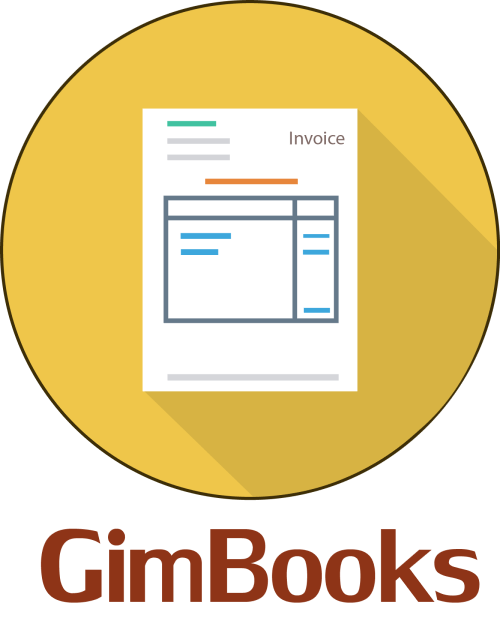Dynamic QR code Applicability From 1st July 2021
A QR code is a quick response code. It contains coded information about an e-invoice. It is a two-dimensional version of a barcode and can be scanned from any mobile device.
E-invoicing is an electronic invoicing system under which GSTN electronically authenticates all B2B invoices. A unique number is issued for each invoice uploaded on the Invoice Registration Portal (IRP).
Dynamic QR code is applicable on B2C supplies from 1st July 2021. B2C supplies are those transactions that are made by a taxpayer to a non-registered taxable person.
What is Dynamic QR code?
A QR code is a quick response code. It contains coded information about an e-invoice. It is a two-dimensional version of a barcode and can be scanned from any mobile device. Dynamic QR codes must be self-generated by the taxpayer. A dynamic QR code is editable and allows additional features such as scan analytics, password protection, device-based redirection and access management.
A dynamic QR code can be edited by the taxpayer to provide value-added features, for example,
- Scan password protection,
- Device-based redirection, and
- Access management.
Dynamic QR Code Applicability Timeline
Initially CBIC announced the implementation of Dynamic QR code on B2C invoices from 1st October 2020.
Further CBIC waived off the penalty for the non-compliance for the period from 1st December 2020 to 30th June 2021 due to an unprecedented situation (COVID-19). However, as per Notification No. 06/2021-Central Tax there was a condition that the said taxpayer complies with the dynamic QR code provision from 1st July 2021.
Issuing a Dynamic QR Code
The issue of QR code is becoming easier using systems and algorithms which contains:
- invoice number
- Invoice date
- GSTIN of the Supplier
- UPI ID of the supplier
- Bank account number of the Payee
- IFSC of the Payee
- Total Invoice Value with GST breakup
Dynamic QR Code Non-Applicability
- An insurer
- A banking company;
- A financial institution including a non-banking financial company (NBFC);
- A GTA supplying goods;
- Supplying services via multiplex screens
- Providing passenger transportation service;
- Providing any OIDAR supplies
Deemed Compliance of Dynamic QR Code
- Using any mode like UPI, credit/debit card or online banking or a mix of different modes of payment, with or without utilizing Dynamic QR Code, and the supplier provides a cross-reference of the payment (exchange ID alongside date, time, and measure of payment, mode of payment like UPI, Credit card, Debit card, online banking, etc.) on the invoice; or
- In case, if a taxpayer pays through cash without utilizing Dynamic QR Code and the supplier provides a cross-reference of the sum paid in real money, alongside the date of such payment on the invoice;
The said invoice will be deemed to have complied with the requirement of having a Dynamic QR Code.
